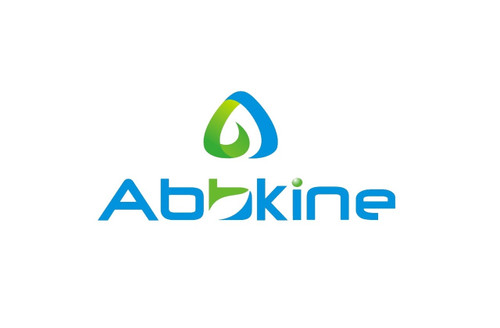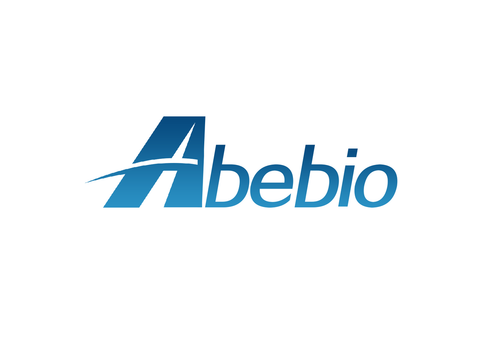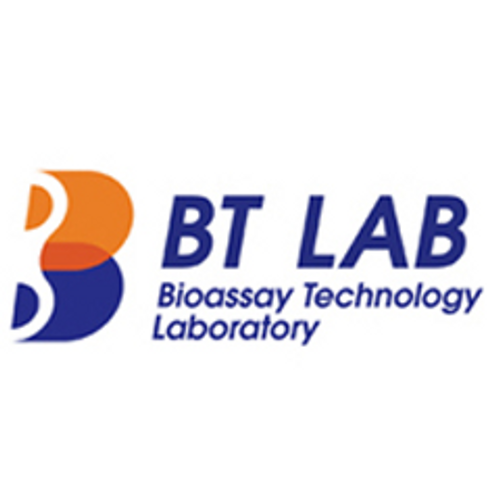Product Description
Mouse Small nuclear ribonucleoprotein antibody (snRNP/Sm-Ab) ELISA Kit | KTE71524 | Abbkine
Application: This Mouse Small nuclear ribonucleoprotein antibody (snRNP/Sm-Ab) ELISA Kit employs a two-site sandwich ELISA to quantitate snRNP/Sm-Ab in samples. An antibody specific for snRNP/Sm-Ab has been pre-coated onto a microplate. Standards and samples are pipetted into the wells and anysnRNP/Sm-Ab present is bound by the immobilized antibody. After removing any unbound substances, a biotin-conjugated antibody specific for snRNP/Sm-Ab is added to the wells. After washing, Streptavidin conjugated Horseradish Peroxidase (HRP) is added to the wells. Following a wash to remove any unbound avidin-enzyme reagent, a substrate solution is added to the wells and color develops in proportion to the amount of snRNP/Sm-Ab bound in the initial step. The color development is stopped and the intensity of the color is measured.
Detection Method: Colorimetric
Conjugate: N/A
Sample Type: Cell culture supernatants#Serum#Plasma#Other biological fluids
Assay Type: Multiple steps standard sandwich ELISA assay with a working time of 3-5 hours. It depends on the experience of the operation person.
Kit Component: • Mouse Small nuclear ribonucleoprotein antibody microplate
• Mouse Small nuclear ribonucleoprotein antibody standard
• Mouse Small nuclear ribonucleoprotein antibody detect antibody
• Streptavidin-HRP
• Standard diluent
• Assay buffer
• HRP substrate
• Stop solution
• Wash buffer
• Plate covers
Features & Benefits: Mouse Small nuclear ribonucleoprotein antibody (snRNP/Sm-Ab) ELISA Kit has high sensitivity and excellent specificity for detection of Mouse snRNP/Sm-Ab. No significant cross-reactivity or interference between Mouse snRNP/Sm-Ab and analogues was observed.
Calibration Range: Please inquire
Limit Of Detection: Please inquire
Usage Note: • Do not mix components from different kit lots or use reagents beyond the kit expiration date.
• Allow all reagents to warm to room temperature for at least 30 minutes before opening.
• Pre-rinse the pipet tip with reagent, use fresh pipet tips for each sample, standard and reagent to avoid contamination.
• Unused wells must be kept desiccated at 4 °C in the sealed bag provided.
• Mix Thoroughly is very important for the result. It is recommended using low frequency oscillator or slight hand shaking every 10 minutes.
• It is recommended that all samples and standards be assayed in duplicate or triplicate.
Storage Instruction: The unopened kit should be stored at 2 - 8°C. After opening, please store refer to protocols.
Shipping: Gel pack with blue ice.
Precaution The product listed herein is for research use only and is not intended for use in human or clinical diagnosis. Suggested applications of our products are not recommendations to use our products in violation of any patent or as a license. We cannot be responsible for patent infringements or other violations that may occur with the use of this product.
Background: snRNPs (pronounced "snurps"), or small nuclear ribonucleo proteins, are RNA-protein complexes that combine with unmodified pre-mRNA and various other proteins to form a spliceosome, a large RNA-protein molecular complex upon which splicing of pre-mRNA occurs. The action of snRNPs is essential to the removal of introns from pre-mRNA, a critical aspect of post-transcriptional modification of RNA, occurring only in the nucleus of eukaryotic cells. Additionally, U7 snRNP is not involved in splicing at all, as U7 snRNP is responsible for processing the 3′ stem-loop of histone pre-mRNA. The two essential components of snRNPs are protein molecules and RNA. The RNA found within each snRNP particle is known as small nuclear RNA, or snRNA, and is usually about 150 nucleotides in length. The snRNA component of the snRNP gives specificity to individual introns by "recognizing" the sequences of critical splicing signals at the 5' and 3' ends and branch site of introns. The snRNA in snRNPs is similar to ribosomal RNA in that it directly incorporates both an enzymatic and a structural role. SnRNPs were discovered by Michael R. Lerner and Joan A. Steitz. Thomas R. Cech and Sidney Altman also played a role in the discovery, winning the Nobel Prize for Chemistry in 1989 for their independent discoveries that RNA can act as a catalyst in cell development.
Alternative Names: snRNP/Sm-Ab
Search name: snRNP/Sm-Ab
Tag: snRNP/Sm
 Euro
Euro
 USD
USD
 British Pound
British Pound
 NULL
NULL








